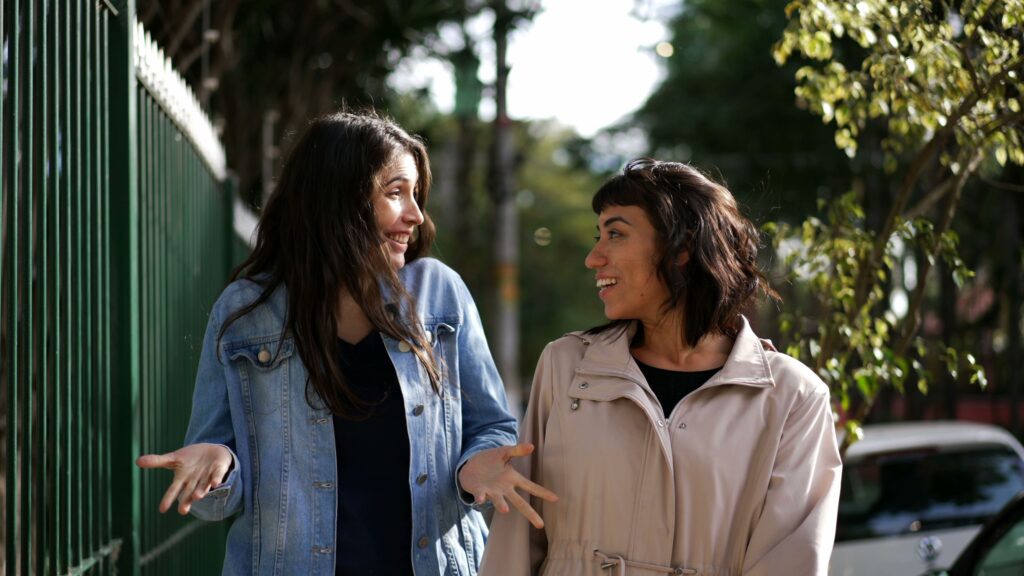Why Insights-First Research Matters in Healthcare Marketing
By: Phillip Richey
In healthcare, we often act first and listen second. A patient comes in for an appointment, we act, and then send a survey asking what they thought of their experience. These surveys frequently center on what is important to the healthcare organization and not necessarily the patient, asking questions like, “How likely are you to suggest a friend or family member to your doctor?” or “How much time did your doctor spend with you?”.
Right now, healthcare marketers make decisions based on what we need the patients to do. If we adjust our approach and first listen and understand patient needs, the focus shifts from what we want the patient to do, to what the patient needs us to do. This consumer-first orientation is essential to successfully serving our stakeholders. This concept is why I am so committed to an insights-first approach, and why it is crucial to healthcare marketing for any organization or service line.
The Power of Empathy
When I first learned about ethnography and the concept of intentional empathy in healthcare marketing, it was fascinating to me. It seems almost obvious to place the stakeholder at the center of everything you do in healthcare marketing. The concept piqued my interest, particularly because, over my last 15 years working in healthcare marketing across the full spectrum of hospitals, health systems, medical devices, and life sciences, I experienced a disconnect between the decisions that marketers were making and the expectations of the true experts—most often the patients, but also nurses, physicians, caregivers, or even the end users of a medical device.
This got me thinking about the annual, repetitive nature of marketing planning and the budget process often used in healthcare marketing. Reusing past strategies as a template for the future can lead to generic and repeated content creation, campaign tactics, and public relations efforts with little critical thought about whether you are still effectively engaging and speaking to your key stakeholders. These methods risk complacency and fail to evolve at the rate consumers expect when we are trying to earn their trust and, ultimately, earn their business.

Rethinking the Marketing Approach
When reconsidering the act first and listen later approach, I started asking myself some questions: What if we could better inform and align our team, partners, and tactics around key stakeholders to advance the organization’s business goals and marketing objectives? What if every decision-maker within complex organizations could agree upon the foundation of these actions—the true needs, experiences, and expectations of the key audience or consumer served?
This ideal scenario is frequently discussed in marketing, particularly healthcare marketing, where research and data are prevalent. Yet, many organizations focus almost exclusively on data points, reducing people to mere criteria on a spreadsheet. By prioritizing empathy, we incorporate a more human element healthcare marketing. By integrating understanding through patient engagement into our strategic messaging and communication, while leveraging technology, digital tools, data, analytics, and measurement, we can better resonate with our audience and prove the value of our efforts and investments.
Insights, Strategy, and Execution
A comprehensive approach starts with insights—a deep understanding of the audience we aim to engage. These insights inform strategy, shaping the core elements that drive thousands of actions and tasks. From this strategy, a full suite of marketing tools is developed, including imagery, messaging, language use, personas, and audience targeting, all informed by the true experts—the audience itself.
Ideally, strategy should be informed by stakeholders’ emotional truths and needs. Tactics are then deployed based on that strategy. Bringing it full circle, every future investment is made more informed, with effectiveness measured to ensure continuous improvement.
This creates a virtuous circle of annual marketing efforts of healthcare marketers.

The Benefits of an Insights-First Approach
Investing budget dollars through a more informed and measured lens leads to greater consistency and efficiency in marketing practices. It creates a cohesive thread running through interdepartmental realities and aligns external partners. And, importantly, it helps marketers receive that all-important buy-in from financial leaders.
This approach evolves into a new philosophy guiding your marketing practice, utilizing insights to inform a deep understanding of human needs, strategy formulation, and marketing tactics, all centered on the audience. Accountability is achieved through measurement, verifying that the chosen actions based on insights deliver the desired results.
Implementing the Insights-First Research Strategy
To implement an insights-first research strategy in healthcare marketing, we must start by deeply understanding our audience. This requires thorough mixed methods research, combining quantitative and qualitative methods, such as ethnography, to gain insight into the emotional and psychological drivers of our patients and stakeholders.
- Conducting Ethnographic Research: Ethnographic research involves observing and interviewing patients or other stakeholders in their natural environments to understand their behaviors, needs and pain points. This type of research provides rich, detailed insights that quantitative data alone cannot offer alone.
- Building Empathy: Building empathy means putting ourselves in the shoes of our patients and stakeholder to understand their experiences, challenges, and emotions. This can be achieved through patient journey mapping, visualizing the entire patient experience from initial contact to post-treatment follow-up.
- Creating Stakeholder Personas: Using the gathered insights, detailed stakeholder personas can be created, representing different audience segments, and helping to tailor messaging, content, and marketing strategies to meet specific needs and preferences.
- Developing Insights-Driven Strategies: With a deeper understanding of the audience, marketing strategies that resonate with them on a personal level can be developed. This involves crafting messages that address their needs, fears, and motivations, and using imagery and branding that resonates with our desired audience.
- Integrated Marketing and Communications Tactics: All marketing tactics and communications— from content creation to digital advertising— should be aligned with an insights-driven strategy. This ensures that every action taken by the marketing team is focused on engaging and resonating with an audience.
- Measuring and Adjusting: Measurement is critical in ensuring strategies are effective. By tracking key performance indicators (KPIs) and analyzing the results, we can determine what is working and what needs adjustment. This continuous feedback loop allows us to refine strategies and tactics over time.

Example Use Case: Success Stories in Insights-First Marketing
Use Case 1: Hospital System Transformation
One notable example of successful insights-first marketing comes from a large hospital system that was struggling with patient satisfaction and engagement. Conducting ethnographic research and patient journey mapping uncovered several pain points in the patient experience, such as long wait times and poor communication.
Armed with these insights, the hospital developed a comprehensive marketing strategy focused on improving the patient experience. They implemented a new appointment scheduling system, improved communication channels, and launched a targeted marketing campaign to inform patients of these changes.
As a result, patient satisfaction scores increased significantly, and the hospital saw a substantial rise in patient retention and new patient acquisition. This success was attributed to embracing an insights-first approach, and aligning marketing strategies with patient needs and preferences.
Use Case 2: Medical Device Company
A medical device company used insights-first marketing to successfully launch a new product while mitigating the difficulties that come with significant practice change in a hospital setting. Conducting extensive ethnographic research by interviewing healthcare professionals and observing them in their work environment provided a deep understanding of the end users’ needs and challenges.
These insights informed product development and marketing strategy. Targeted messaging was created that addressed specific pain points and used real-life testimonials to build trust and credibility.
The product launch was a success, with high adoption rates and positive feedback from healthcare professionals. The company’s insights-first approach ensured that their marketing efforts were effective and resonated with their target audience.
Conclusion
In an insights-first world, healthcare marketing becomes more than just a series of campaigns and tactics. It evolves into a philosophy centered around understanding and meeting the needs of patients and stakeholders. By employing ethnography and empathy, we can bring the human element back into our marketing efforts, ensuring strategies resonate with our audience and deliver the desired results.
This approach not only improves patient satisfaction and engagement but also drives business success. As healthcare marketers, it is our responsibility to listen first, understand deeply, then act accordingly. By doing so, we can create meaningful connections with our audience and achieve our marketing objectives in a more informed and effective way.
The future of healthcare marketing lies in embracing an insights-first approach. It’s time to put our patients and stakeholders at the center of everything we do and let their needs guide our strategies and actions. Only then can we truly fulfill our promise to deliver value and improve the healthcare experience.
Thank You & Stay Tuned
Welcome to a new series of thought leadership pieces by LIFT Healthcare, where we delve into the transformative power of insights-driven marketing in the healthcare sector. I’m Phillip Richey, the Chief Growth Officer at LIFT Healthcare.
Up next: Learn more about important nuances of successful mixed-methods research in healthcare marketing—what it is, what we can learn from it, and how you can best implement it in your own marketing practices.
About Phillip Ritchey
Chief Growth Officer at LIFT Healthcare
With more than 20 years of digital marketing experience, Phillip is an industry veteran who has helped transform the digital ecosystem in healthcare. Phillip helped define the “Virtuous Circle” of digital healthcare strategy and implementation that comes to life through empathy and stakeholder understanding. He equips hospitals and health systems with human understanding and leverages insights-first strategies that are profoundly impactful and important to healthcare systems today.
